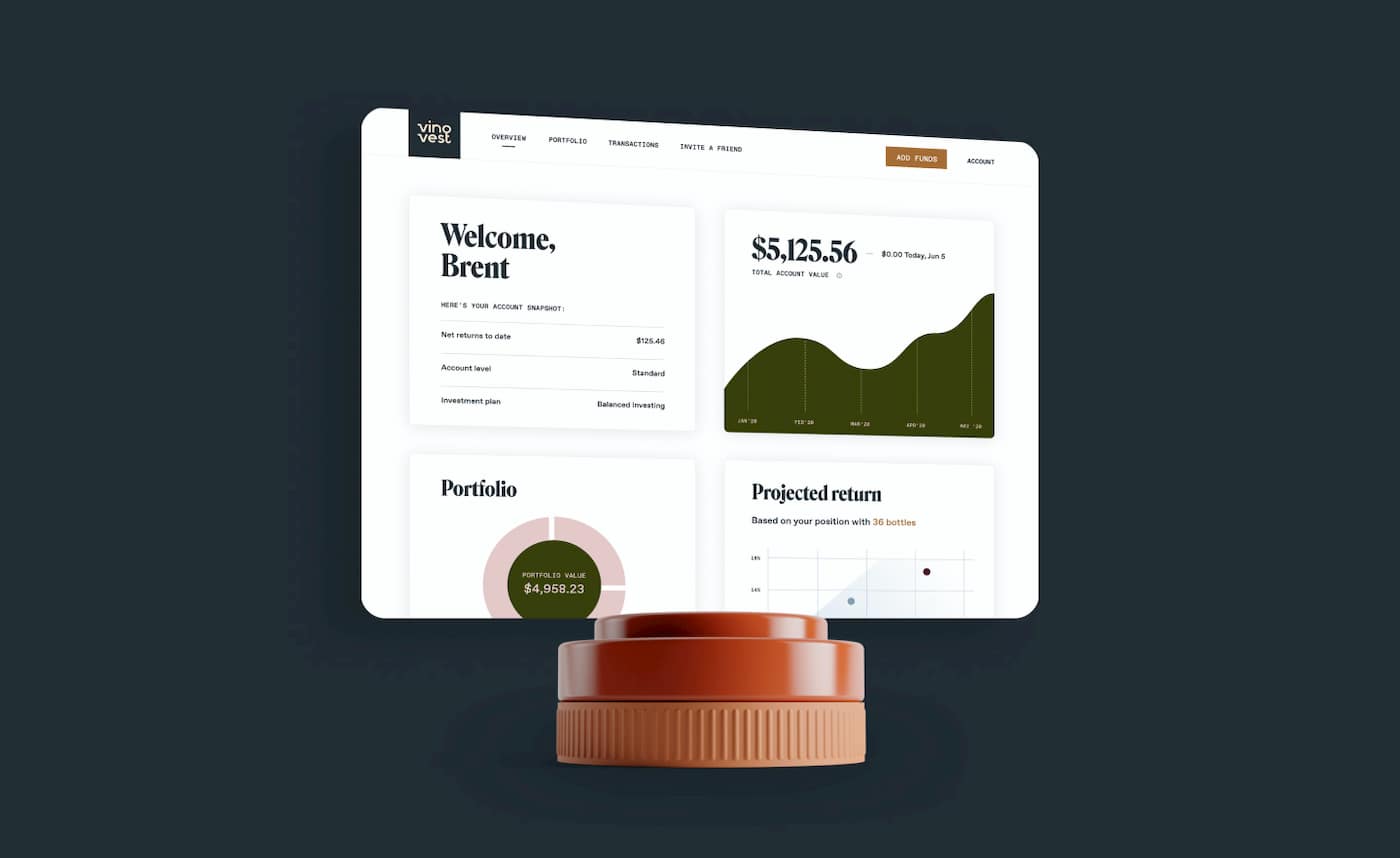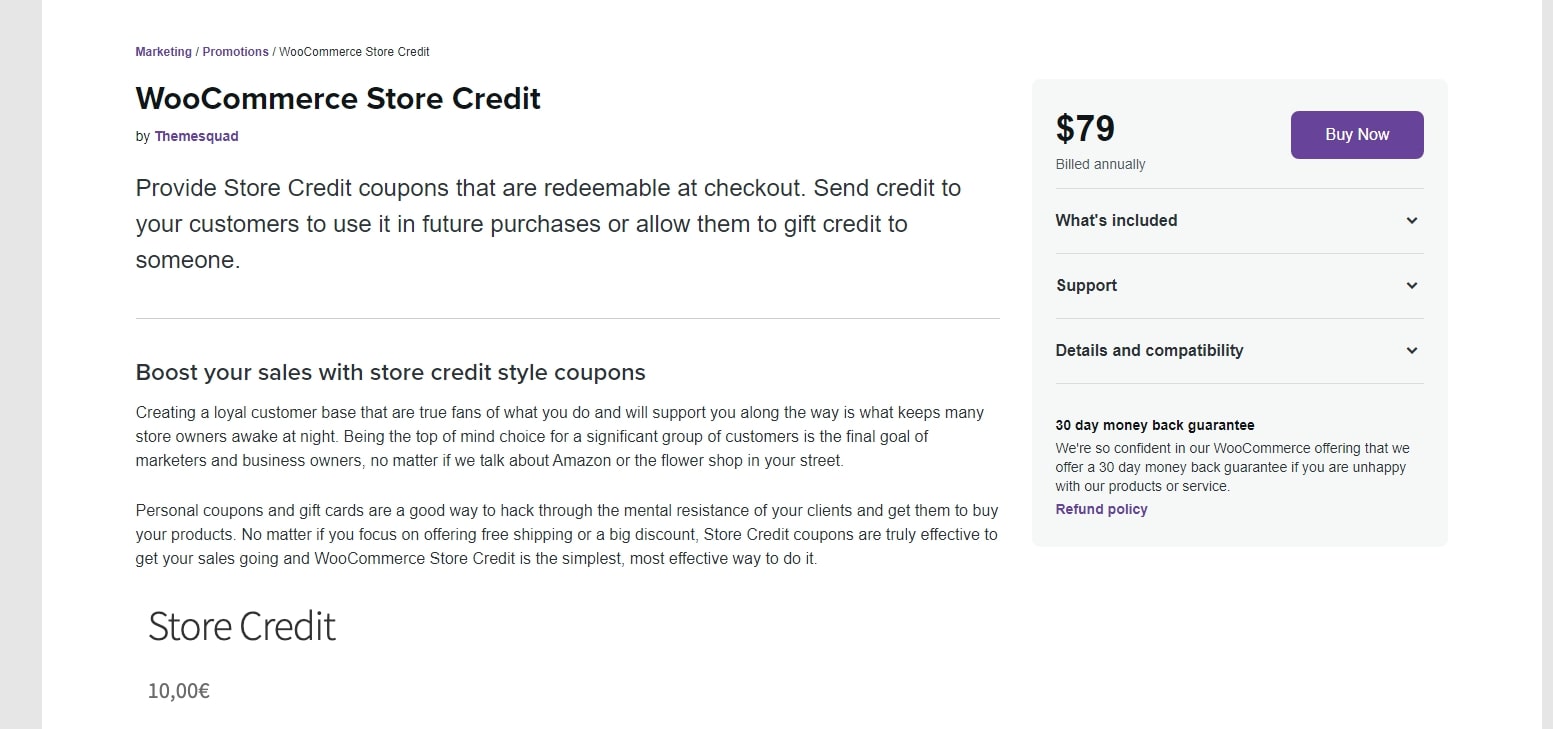

Finance
Dual Pricing: Definition, Purposes, Legality
Published: November 14, 2023
Learn about dual pricing in finance, including its definition, purposes, and legality. Understand the concept of offering different prices for different customers.
(Many of the links in this article redirect to a specific reviewed product. Your purchase of these products through affiliate links helps to generate commission for LiveWell, at no extra cost. Learn more)
Dual Pricing: Definition, Purposes, Legality
Welcome to our FINANCE blog, where we aim to provide you with valuable information on various financial topics. In this edition, we delve into the intriguing concept of Dual Pricing. What is Dual Pricing, you ask? Is it legal? And what are its purposes? We’re here to answer all these questions and more, so read on to unlock the mysteries behind Dual Pricing!
Key Takeaways:
- Dual Pricing refers to a pricing strategy in which different prices are set for the same product or service based on specific criteria, such as customer demographics or geographical location.
- Its main purposes include maximizing profits, enhancing market segmentation, and maintaining a competitive edge.
Let’s begin by understanding what Dual Pricing entails. In simple terms, Dual Pricing refers to a system where different prices are charged for the same product or service, depending on certain factors. These factors can be customer-related, such as age, income level, or membership status. Alternatively, they can be location-based, such as pricing variations in different regions or countries.
Is Dual Pricing legal? Now, this is a question that often arises. The legality of Dual Pricing may vary depending on the jurisdiction and specific circumstances. Some countries have strict regulations against discriminatory pricing, while others allow businesses to establish different prices as long as they comply with certain criteria. Before implementing Dual Pricing, businesses must thoroughly research and ensure compliance with the laws and regulations of the markets they operate in. Transparency is key, and customers must be informed about the reasons behind the price differentials.
So, why do businesses opt for Dual Pricing? Here are some purposes behind this pricing strategy:
- Maximizing Profits: Dual Pricing can be an effective way for businesses to optimize revenue generation. By charging higher prices to some customer segments, such as those with higher purchasing power, while offering lower prices to more price-sensitive segments, companies can capture additional profit.
- Enhancing Market Segmentation: Dual Pricing helps businesses segment their markets effectively. By identifying customer groups with different purchasing behaviors and price sensitivities, companies can tailor their offerings to align better with each segment’s preferences, increasing customer satisfaction and loyalty.
- Maintaining Competitive Edge: In highly competitive markets, Dual Pricing can be employed as a strategic tool to gain an advantage over rivals. By adapting prices to specific customer needs and desires, businesses can differentiate themselves from competitors and attract a wider customer base.
It is important to note that while Dual Pricing can bring benefits to businesses, transparency and fairness in pricing practices remain crucial. Businesses should communicate their pricing strategy clearly to customers, substantiating the reasons behind any price differentials. This transparency fosters trust and maintains a positive relationship with customers.
In conclusion, Dual Pricing is a pricing strategy that involves charging different prices for the same product or service based on specific criteria or geographic location. Its purposes include maximizing profits, enhancing market segmentation, and maintaining a competitive edge. However, it is essential for businesses to stay informed about legal requirements and communicate transparently with customers. By striking a balance between profitability and customer satisfaction, businesses can effectively leverage Dual Pricing to thrive in the competitive financial landscape.














